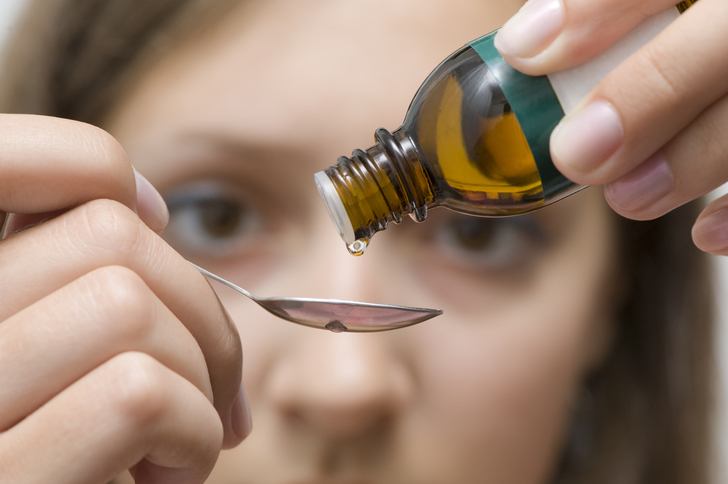
Essential oil safety is vitally important. That’s why we’ve asked certified aromatherapist and author of Authentic Aromatherapy, Sharon Falsetto to reveal how to safely perform an essential oil skin patch test. Over to you, Sharon…
When you read articles about essential oil use, you are often advised to perform an essential oil skin patch test. If you are unfamiliar as to what an essential oil skin patch test is, here are some quick guidelines on how to perform one.
When You Should Carry Out an Essential Oil Skin Patch Test
Some essential oils are more reactive than others, and in these circumstances, it is always best to carry out a skin patch test. More “reactive” essential oils (meaning they contain more potent chemical components and may potentially cause skin sensitivity) include (but are not limited to):
- black pepper (Piper nigrum)
- cinnamon (Cinnamomum zeylanicum)
- clove (Syzygium aromaticum)
- ginger (Zingiber officinalis)
- peppermint (Mentha x piperita)
- sage (Salvia officinalis)
- tea tree (Melaleuca alternifolia)
- yarrow (Achillea millefolium)
- many citrus essential oils such as lemon (Citrus x limon) and sweet orange (Citrus sinensis) due to high monoterpenes content.1
However, if you are prone to skin sensitivity or have allergies, I would advise performing a skin patch test every time that you use an essential oil you are unfamiliar with.
In addition, vulnerable groups such as young children and seniors, should always carry out an essential oil skin care patch. And those with serious health conditions should also carry out a skin patch test and/or consult an aromatherapist before using essential oils.
Diluting Essential Oils for Skin Application
It goes without saying that if you are applying any essential oil to the skin you should usually be diluting it first.2 If you want to test an essential oil before applying the blend over a wide area of skin, choose a small application site such as the inside of the forearm, just below the elbow, or the wrist area, and apply it here first.
Add the chosen essential oil to a basic carrier oil such as sunflower (Helianthus annuus) oil or an unscented white lotion base (with minimal ingredients). This makes sure that you are limiting any other potential triggers for sensitivity, outside of the chosen essential oil. For testing purposes, use a 1% dilution rate. You can increase the dilution rate to 2% if there are no adverse reactions.
For example, 1% dilution of tea tree (Melaleuca alternifolia) essential oil in a base of sunflower (Helianthus annuus) oil would be:
- 0.25 oz. sunflower (Helianthus annuus) oil
- 1 -2 drops tea tree (Melaleuca alternifolia) essential oil
You can see a comprehensive list of different carrier oils you can use and what they are good for in our article here: 21 Carrier Oils To Mix With Essential Oils
How to Perform A Skin Patch Test:
- Combine the essential oil with the carrier oil in a small bottle.
- Make sure that the application site is clean and free of any other oils or lotions.
- Apply a small amount of the blend to a bandage or other clean wrapping first.
- Then wrap the bandage to the chosen skin patch area. Keep the area clean and dry.
- Leave on for at least 24 hours. If irritation occurs before the end of this time period, remove the bandage immediately. Wash the area with soap and water.
- After the time period expires, check the area for any signs of redness, inflammation, or any other signs of irritation.
- If the area is unaffected, you can try the test again with 2% dilution rate and/or proceed with using the essential oil in your chosen aromatherapy blend.
However, even if you perform a skin patch test for an essential oil before using it in a blend and on a wider area of the body, there is no guarantee that there will be no adverse reaction either in a blend or over time. Performing an essential oil skin patch test may help to determine any potential risk ahead of time for first time usage. But all essential oils have the potential to cause sensitivity either now or with future use.
By Sharon Falsetto, author of Authentic Aromatherapy
Always Use High Quality Essential Oils
It’s important when using essential oils to always ensure you choose high quality, additive and adulterant free oils.
Natural Living Ideas recommended brand of essential oils is Plant Therapy. They stock every oil you could ever need, their oils are all tested for purity and quality by a third party (you can see the results by clicking “Test Reports” on any oil page on their official website) and you can order their oils with free shipping and free returns if you are not happy.
Shop the whole range of essential oils on this page on the official Plant Therapy website.
References
- Falsetto, Sharon, 2014, Authentic Aromatherapy, US: Skyhorse Publishing
- National Association for Holistic Aromatherapy website, Safety, accessed from: https://naha.org/explore-aromatherapy/safety#dermal
